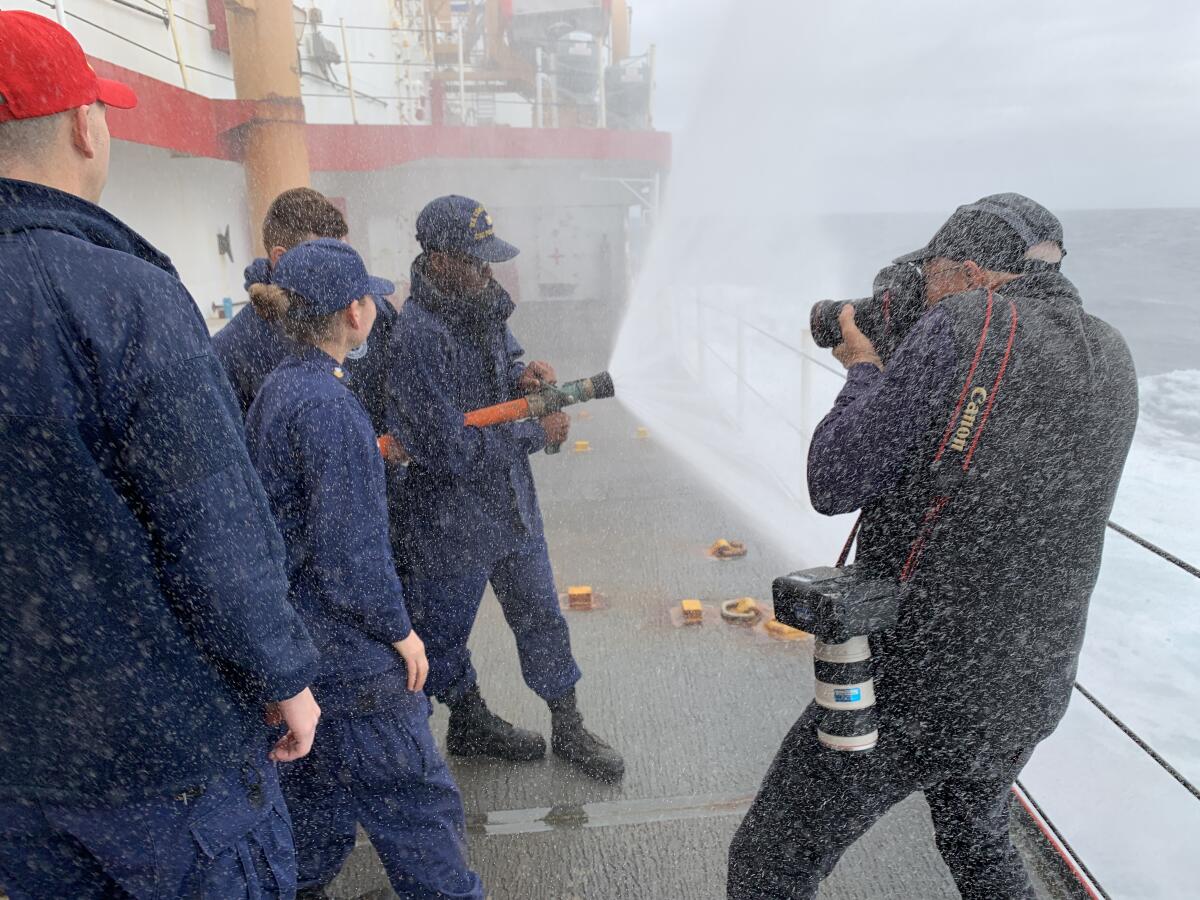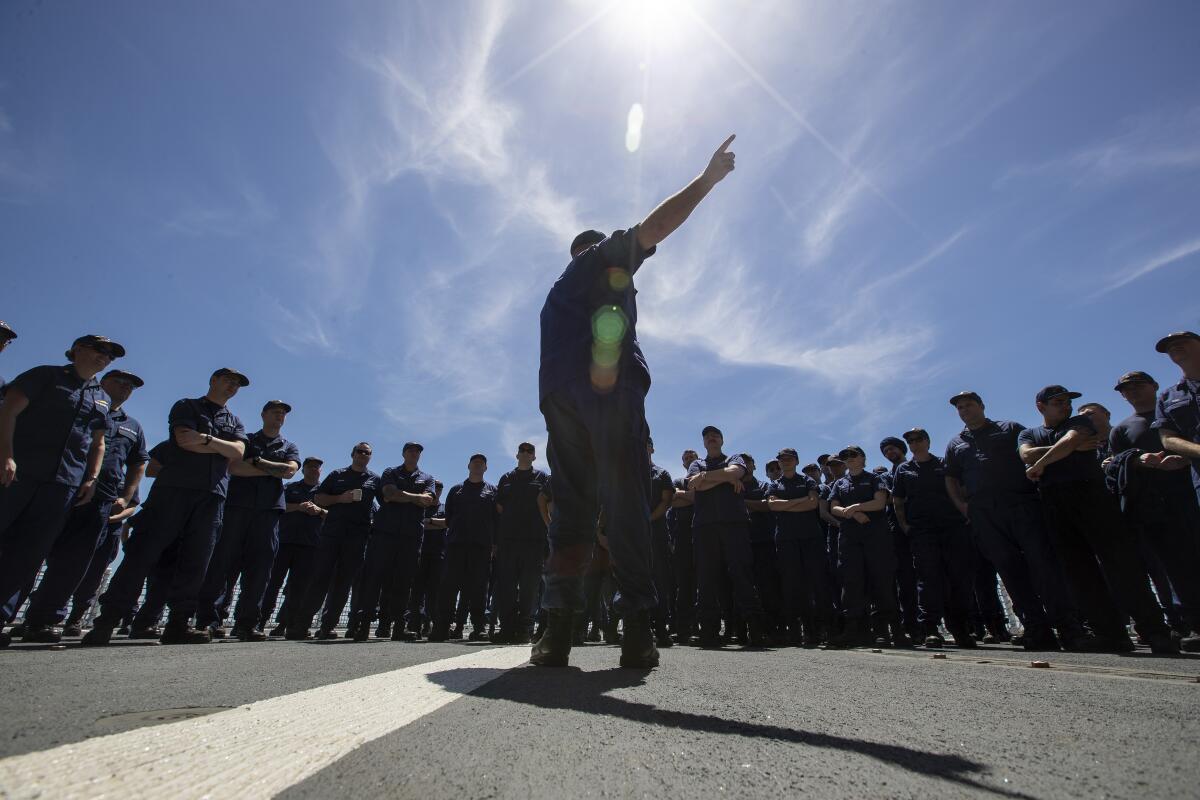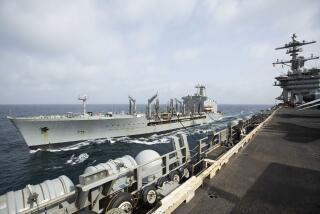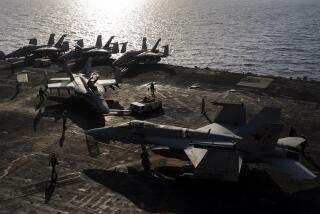Behind the story: Hitching a ride on a dilapidated Coast Guard icebreaker

- Share via
ABOARD THE POLAR STAR — An ungainly ship hove into view in Elliott Bay, out the window of the Seattle apartment where I moved last spring to begin reporting for the Los Angeles Times.
The vessel’s boxy white superstructure rose like a Lego tower from a football-shaped red hull. The Polar Star, the lone U.S. heavy icebreaker, was limping home from Antarctica, where it cuts a channel each year for the delivery of crucial supplies to scientific research stations.
I’m curious about anything to do with Antarctica, having witnessed the continent’s stunning beauty last year during a cruise from the southern tip of Argentina to watch penguins, seals and whales. I called Coast Guard officials, who invited me to tour the icebreaker docked in Seattle after fires, power outages, raging seas and a leak during its most recent 23,000-mile round trip.
A leaky, fire-prone icebreaking ship slogs 11,500 miles from Seattle to Antarctica yearly to reach scientific bases. This year’s trip was especially grueling.
Crew members described patching together a ship more than a decade past its expected 30 years of service. For a firsthand experience, they invited photographer Brian van der Brug and me to ride from Seattle to Vallejo, Calif., where the Polar Star would undergo annual repairs in dry dock.
True to form, the ship broke down, within view of the Space Needle, to be repaired overnight by engineers. The next day, 26 miles offshore, the vessel suddenly shook as I interviewed a crew member deep in a rabbit warren of machine rooms and corridors. I scrambled up to the bridge, where officers had executed a sudden maneuver to avoid hitting a whale.
During the four-day voyage, I met seasoned sailors and green recruits who had seldom ventured from their landlocked states, let alone gone to sea. Far from being ashamed of their rickety ship, they spoke of it with affection and with pride at the resourcefulness required to complete Operation Deep Freeze.
Several crew members described joining the Coast Guard as a way to serve their country without the expectation of having to use weapons. But tours on drug interdiction vessels can be hazardous. And grab bars on the ceiling of the Polar Star’s bridge were installed years ago after massive waves rocked the ship, throwing a crew member into a far wall. He died of his injuries.

Moderate seas don’t faze crew members. They line up in blue uniforms to await briefings, gently swaying and casually chatting as their black work boots appear to be glued to the rear deck. Lacking their sea legs, I had to shift my feet to stay upright, relieved merely to hold down my lunch.
Years ago, I got to fly from Japan out to the USS Midway, when the legendary aircraft carrier was still in service. The arrested landing and catapulted takeoff were unforgettable, along with the military power projected by the ship — now maintained as a San Diego museum.
But the Polar Star and its crew are impressive in less visible ways, for their extraordinary perseverance and the advances they enable in science underway in Antarctica. I look forward to following their continued adventures, from the comfort of shore.
More to Read
Sign up for Essential California
The most important California stories and recommendations in your inbox every morning.
You may occasionally receive promotional content from the Los Angeles Times.












